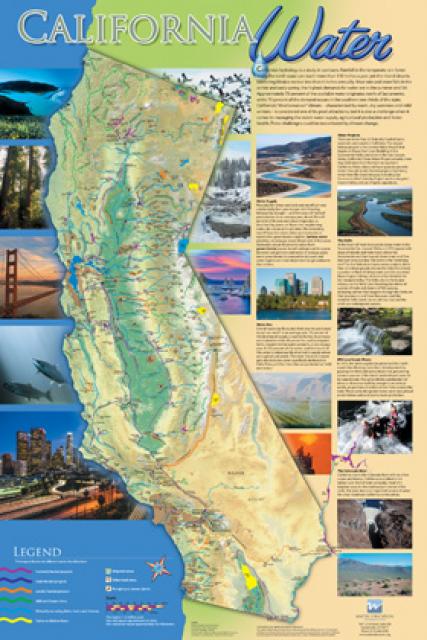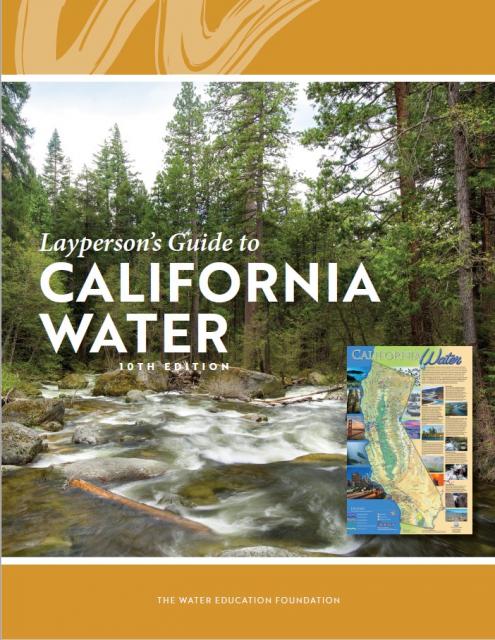Safe Drinking Water Act
The federal Safe Drinking Water Act sets standards for drinking water quality in the United States.
Launched in 1974 and administered by the U.S. Environmental Protection Agency, the Safe Drinking Water Act oversees states, communities, and water suppliers who implement the drinking water standards at the local level.
The act’s regulations apply to every public water system in the United States but do not include private wells serving less than 25 people.
According to the EPA, there are more than 160,000 public water systems in the United States.
Learn more about the Safe Drinking Water Act in this video, produced by the American Water Works Association, which represents utilities.
The Safe Drinking Water Act’s standards are designed to thwart a number of potential drinking water hazards including:
- improperly disposed of chemicals
- animal wastes
- pesticides
- human waste
- wastes injected deep underground and naturally-occurring substances can all contaminate drinking water











